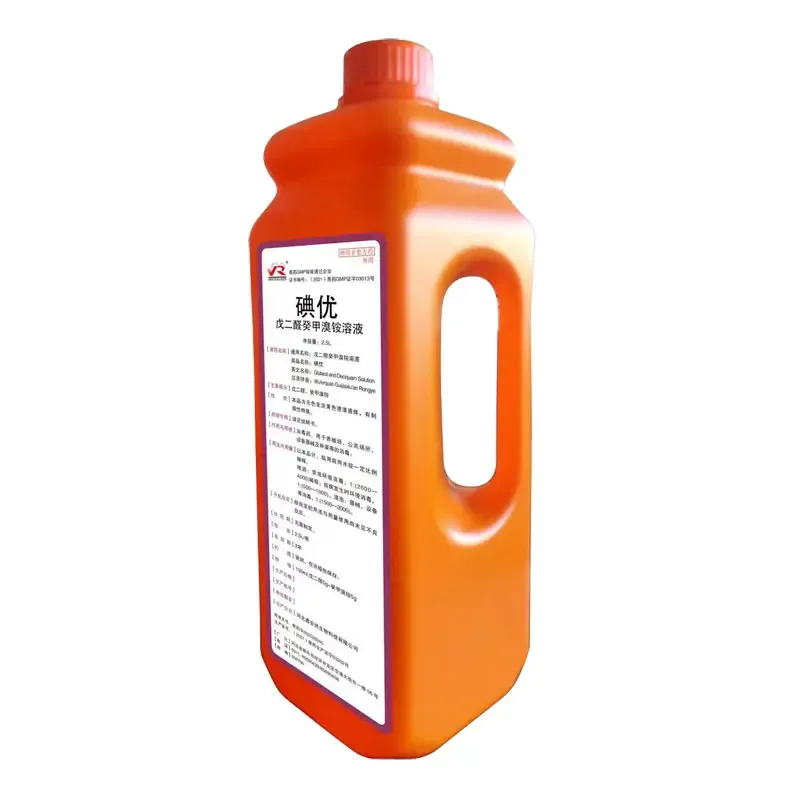- Afrikaans
- Albanian
- Amharic
- Arabic
- Armenian
- Azerbaijani
- Basque
- Belarusian
- Bengali
- Bosnian
- Bulgarian
- Catalan
- Cebuano
- Corsican
- Croatian
- Czech
- Danish
- Dutch
- English
- Esperanto
- Estonian
- Finnish
- French
- Frisian
- Galician
- Georgian
- German
- Greek
- Gujarati
- Haitian Creole
- hausa
- hawaiian
- Hebrew
- Hindi
- Miao
- Hungarian
- Icelandic
- igbo
- Indonesian
- irish
- Italian
- Japanese
- Javanese
- Kannada
- kazakh
- Khmer
- Rwandese
- Korean
- Kurdish
- Kyrgyz
- Lao
- Latin
- Latvian
- Lithuanian
- Luxembourgish
- Macedonian
- Malgashi
- Malay
- Malayalam
- Maltese
- Maori
- Marathi
- Mongolian
- Myanmar
- Nepali
- Norwegian
- Norwegian
- Occitan
- Pashto
- Persian
- Polish
- Portuguese
- Punjabi
- Romanian
- Russian
- Samoan
- Scottish Gaelic
- Serbian
- Sesotho
- Shona
- Sindhi
- Sinhala
- Slovak
- Slovenian
- Somali
- Spanish
- Sundanese
- Swahili
- Swedish
- Tagalog
- Tajik
- Tamil
- Tatar
- Telugu
- Thai
- Turkish
- Turkmen
- Ukrainian
- Urdu
- Uighur
- Uzbek
- Vietnamese
- Welsh
- Bantu
- Yiddish
- Yoruba
- Zulu
Dec . 14, 2024 06:23 Back to list
Guide to Choosing the Right Veterinary Disinfectant for Animal Care Facilities
Understanding Veterinary Disinfectants A Comprehensive Guide
In the field of veterinary medicine, maintaining a clean and sterile environment is crucial for the health and well-being of animals. The use of veterinary disinfectants plays a significant role in preventing the spread of infections, controlling disease outbreaks, and maintaining overall hygiene in veterinary clinics, animal hospitals, and farm settings. This article provides an overview of veterinary disinfectants, their classifications, effectiveness, and some important considerations for their use.
What Are Veterinary Disinfectants?
Veterinary disinfectants are chemical agents specifically formulated to eliminate or reduce pathogenic microorganisms in veterinary settings. These disinfectants are designed to be used on various surfaces, instruments, and equipment to prevent infections, especially in environments where animals are treated, housed, or bred. The effectiveness of a disinfectant is determined by its ability to destroy bacteria, viruses, fungi, and spores.
Classification of Veterinary Disinfectants
Veterinary disinfectants can be categorized based on their chemical composition and mechanism of action. Here are some common types
1. Quaternary Ammonium Compounds (Quats) These are positively charged molecules that disrupt microbial cell membranes, leading to cell death. Quats are effective against a broad spectrum of microorganisms and are commonly used for surface disinfection in veterinary clinics.
2. Phenolic Compounds Known for their effectiveness against bacteria and viruses, phenolic compounds penetrate cell walls and denature proteins. They are often used in situations where a high level of disinfection is required, such as in surgical areas.
3. Organic Acids These include acids like acetic acid and citric acid, which have antimicrobial properties. They are often used in farm settings for cleaning equipment and environments where animals are housed.
4. Bleach (Sodium Hypochlorite) A powerful disinfectant known for its ability to kill a wide range of pathogens, bleach is effective but must be used with caution due to its corrosive nature. It is often diluted for use and should not be mixed with other cleaning agents.
5. Hydrogen Peroxide This oxidizing agent is effective against bacteria, viruses, and fungi. It breaks down into water and oxygen, making it an environmentally friendly choice for disinfection.
6. Iodophors These are iodine-based disinfectants that release free iodine to kill microorganisms. They are particularly useful in surgical settings and for skin disinfection.
Factors Influencing Disinfectant Effectiveness
The effectiveness of veterinary disinfectants can be influenced by several factors
veterinary disinfectant chart

1. Concentration The concentration of the disinfectant must be appropriate for the intended use. Higher concentrations do not always equate to better efficacy and may lead to damage to surfaces or equipment.
2. Contact Time Disinfectants require sufficient contact time with the surface to effectively kill pathogens. This varies among different disinfectants.
3. Organic Matter The presence of organic matter, such as dirt, feces, or blood, can inhibit the action of disinfectants. Surfaces must be cleaned before disinfection.
4. Temperature and pH The temperature and pH of the environment can affect the performance of disinfectants. Most disinfectants work best within a specific range.
5. Microbial Resistance Some pathogens may exhibit resistance to certain disinfectants, highlighting the importance of using appropriate agents for specific situations.
Best Practices for Using Veterinary Disinfectants
To ensure the effective use of veterinary disinfectants, consider the following best practices
1. Read Labels Carefully Always follow the manufacturer’s instructions regarding dilution, application, and safety precautions.
2. Prepare Surfaces Clean all surfaces thoroughly before applying disinfectants to ensure maximum effectiveness.
3. Rotate Disinfectants To reduce the risk of developing resistant strains of bacteria, rotate between different types of disinfectants.
4. Protective Gear Use appropriate personal protective equipment (PPE) when handling disinfectants to prevent adverse health effects.
5. Training Ensure that all staff are trained in the proper use of disinfectants and aware of the importance of biosecurity measures.
Conclusion
Veterinary disinfectants are integral to maintaining a healthy environment in veterinary settings. By understanding the various types of disinfectants, their effectiveness, and proper application techniques, veterinary professionals can significantly reduce the risk of infection and promote the health of animals under their care. In an ever-evolving veterinary landscape, staying informed about the best practices and emerging disinfectant technologies will continue to be vital in safeguarding animal health.
-
Guide to Oxytetracycline Injection
NewsMar.27,2025
-
Guide to Colistin Sulphate
NewsMar.27,2025
-
Gentamicin Sulfate: Uses, Price, And Key Information
NewsMar.27,2025
-
Enrofloxacin Injection: Uses, Price, And Supplier Information
NewsMar.27,2025
-
Dexamethasone Sodium Phosphate Injection: Uses, Price, And Key Information
NewsMar.27,2025
-
Albendazole Tablet: Uses, Dosage, Cost, And Key Information
NewsMar.27,2025













